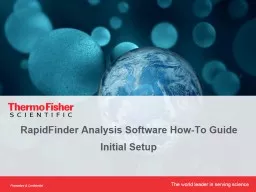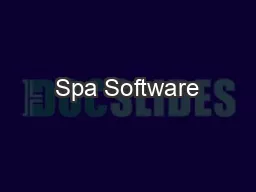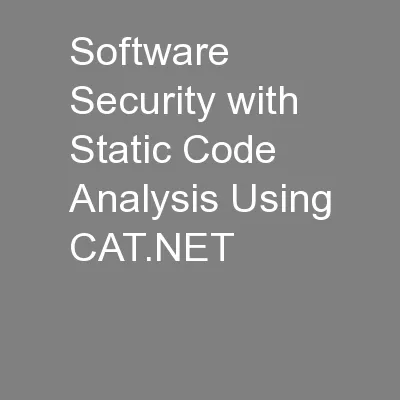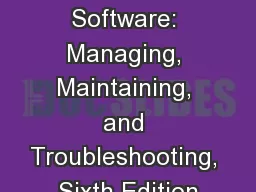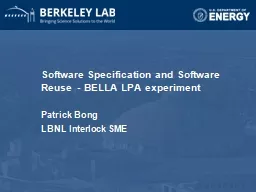PPT-RapidFinder Analysis Software How-To Guide
Author : stefany-barnette | Published Date : 2019-12-01
RapidFinder Analysis Software HowTo Guide Initial Setup Initial Setup after Software Installation There are two important steps in configuring RapidFinder Analysis
Presentation Embed Code
Download Presentation
Download Presentation The PPT/PDF document "RapidFinder Analysis Software How-To Gui..." is the property of its rightful owner. Permission is granted to download and print the materials on this website for personal, non-commercial use only, and to display it on your personal computer provided you do not modify the materials and that you retain all copyright notices contained in the materials. By downloading content from our website, you accept the terms of this agreement.
RapidFinder Analysis Software How-To Guide: Transcript
Download Rules Of Document
"RapidFinder Analysis Software How-To Guide"The content belongs to its owner. You may download and print it for personal use, without modification, and keep all copyright notices. By downloading, you agree to these terms.
Related Documents

